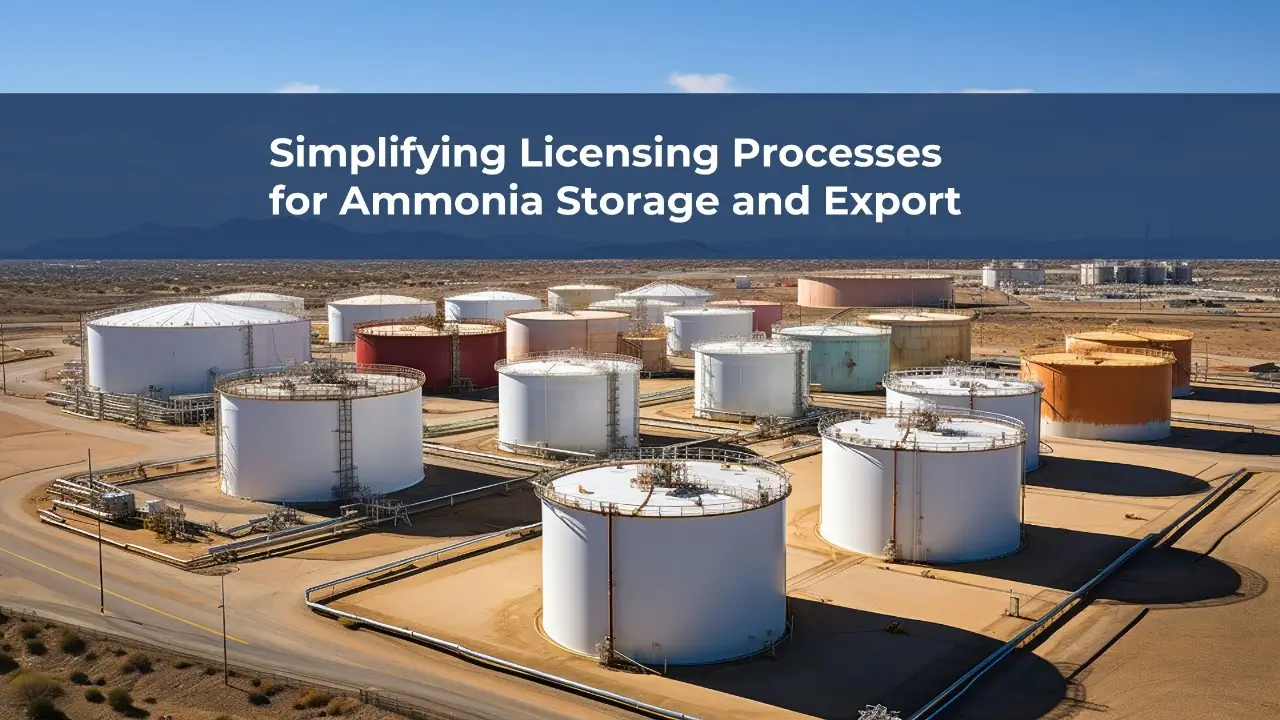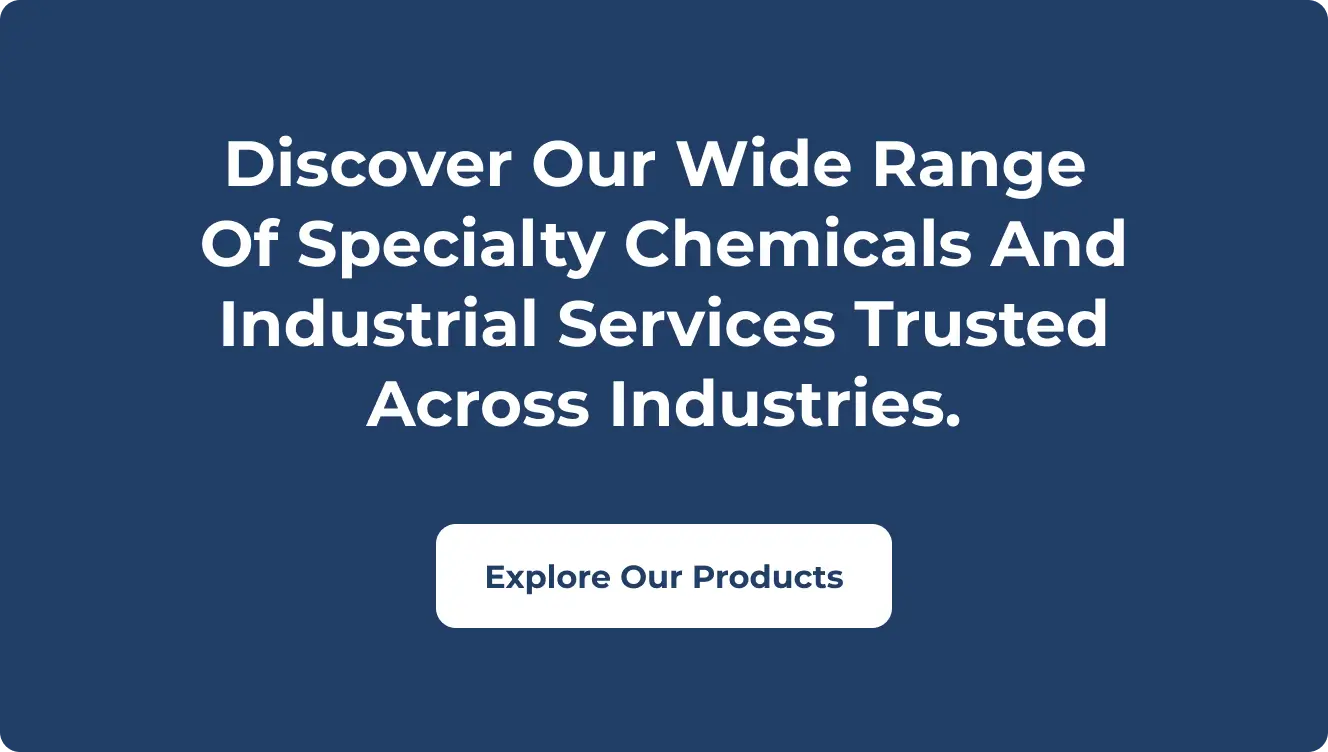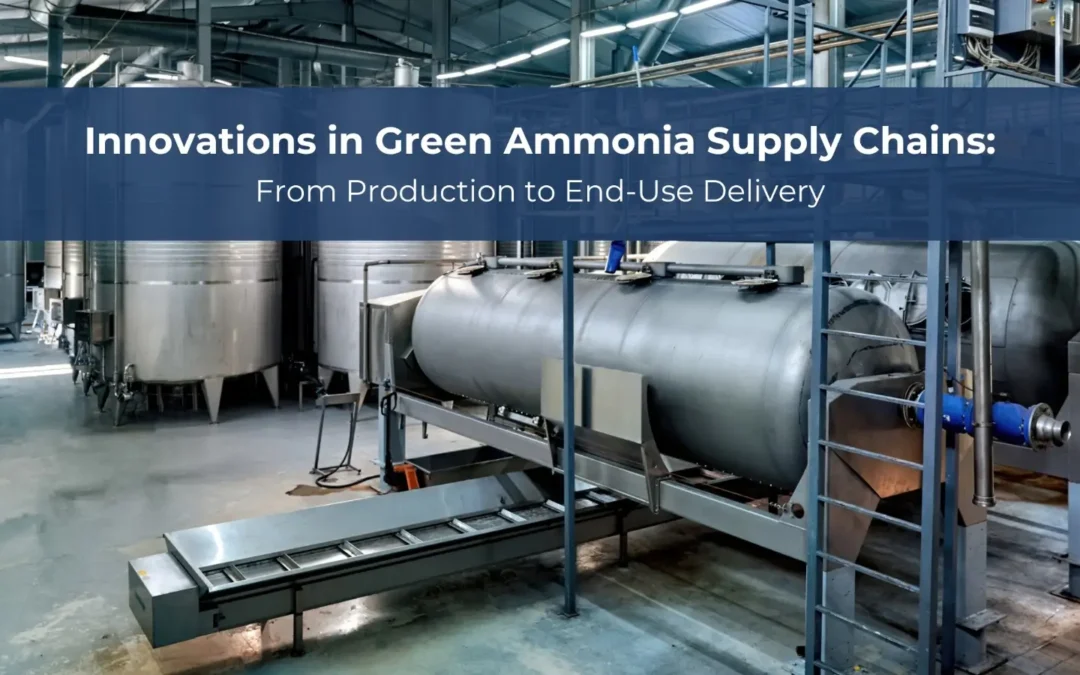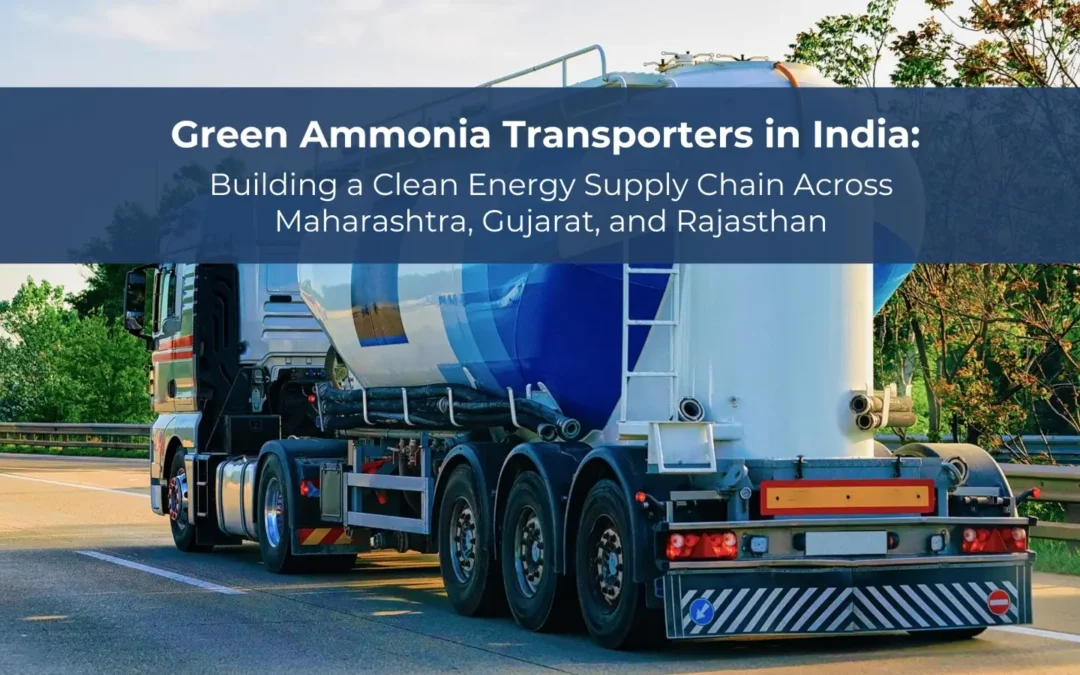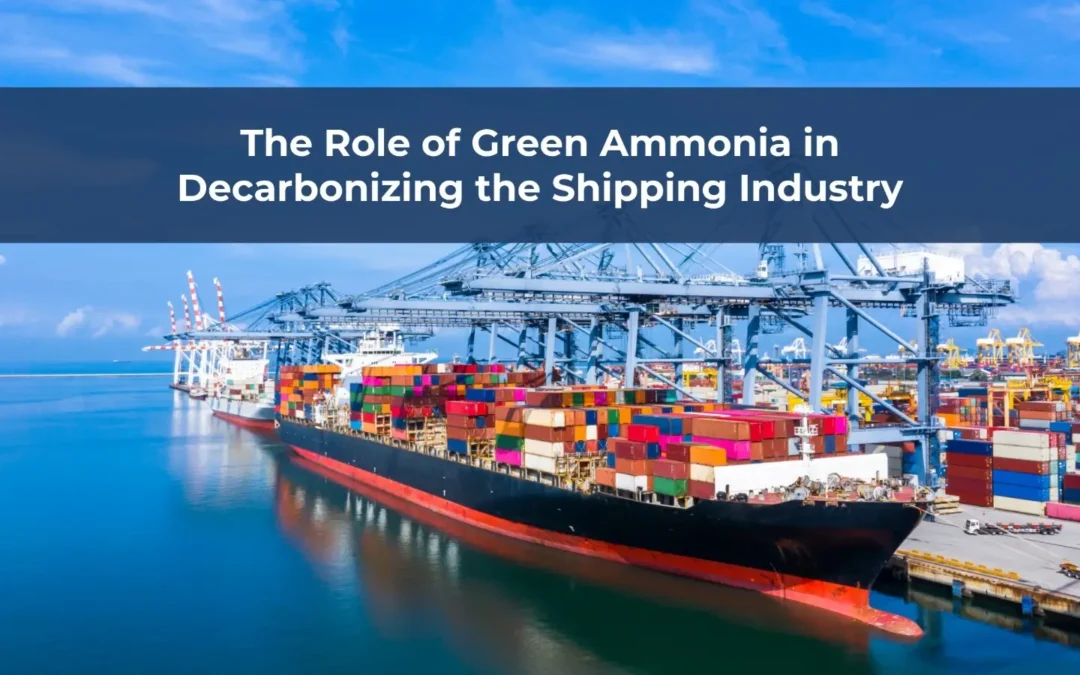The global demand for ammonia across agriculture, manufacturing, pharmaceuticals, and energy is steadily increasing. However, despite its value, the process of ammonia storage and export remains complex, heavily regulated, and time-consuming. As a hazardous chemical, ammonia demands high safety standards, meticulous documentation, and multiple clearances at both national and international levels.
For businesses looking to enter or expand within this sector, simplifying licensing procedures is not just a regulatory requirement it’s a strategic necessity. Streamlining these processes can reduce project delays, improve compliance, and unlock greater trade potential. This blog explores how the licensing process for ammonia storage and export can be simplified while maintaining safety and regulatory standards.
Why Ammonia Storage Requires Special Attention
Ammonia storage is highly sensitive due to the substance’s chemical properties. It is corrosive, toxic when inhaled, and reactive with certain materials. Improper storage can lead to leaks, explosions, and severe health hazards.
As a result, governments across the world impose strict licensing requirements for ammonia storage facilities, typically involving:
- Hazardous substance handling permits,
- Fire safety approvals,
- Environmental impact assessments (EIA),
- Construction and zoning clearances,
- Consent to Establish (CTE) and Consent to Operate (CTO) from pollution control boards,
- Regular audits and third-party inspections.
Each of these steps can involve multiple departments and stakeholders, leading to potential bottlenecks in setting up storage infrastructure or scaling export operations.
Key Licensing Challenges Faced by Businesses
Despite the necessity of regulatory oversight, the current licensing systems in many regions present several challenges:
1. Fragmented Approval Systems
Licensing often involves dealing with different agencies, environment, fire, industrial safety, local government, and customs each with their own protocols, timelines, and documentation requirements. This lack of coordination results in delays and administrative fatigue.
2. Lengthy Timelines
Getting all licenses in place can take months or even years, especially in countries with limited digital infrastructure or where officials have low familiarity with chemical logistics.
3. High Compliance Costs
The costs associated with obtaining licenses from consultant fees to document processing and inspection charges can be prohibitive for small and mid-sized enterprises.
4. Inconsistent Regulations
What’s acceptable in one state, region, or country may be restricted in another. Exporting ammonia internationally often requires navigating a maze of incompatible laws and safety standards.
5. Lack of Standardization
Application formats, safety benchmarks, and approval timelines often vary. This makes it harder for companies to forecast timelines or create a repeatable model for different locations.
Strategies for Simplifying Licensing Processes
As the need for secure and scalable ammonia storage grows, both public and private sectors must work together to simplify licensing while upholding safety standards. Here are some actionable strategies:
1. Single-Window Clearance Systems
A centralized online platform where businesses can apply for all required licenses, track their status, and upload documents can drastically reduce turnaround times. Many countries are beginning to adopt single-window clearance models to reduce redundancy and improve interdepartmental coordination.
Such systems could integrate fire safety, environmental clearance, zoning approvals, and pollution control into one streamlined portal. This saves applicants the trouble of repetitive submissions and manual follow-ups.
2. Digitalization of Documentation and Approvals
Digitizing license applications, safety audits, compliance records, and inspection reports ensures transparency, reduces human error, and enables faster decision-making. It also allows regulatory bodies to access real-time data for monitoring and enforcement.
By integrating these digital tools with cloud-based storage and automated alerts, authorities can ensure better compliance without physically inspecting every site unless necessary.
3. Risk-Based Licensing Models
Instead of applying a one-size-fits-all approach, licensing can be customized based on the scale, location, and nature of the ammonia storage facility. For example:
- Large bulk terminals near ports may require extensive clearances.
- Small, sealed container storage units for limited volumes could undergo a fast-track licensing process.
A risk-based model ensures that high-risk operations are thoroughly evaluated while allowing low-risk activities to proceed more quickly and efficiently.
4. Capacity Building for Regulatory Authorities
Many licensing delays stem from limited staff knowledge about ammonia handling or outdated evaluation methods. Conducting regular training, international workshops, and knowledge-sharing sessions can empower officials with the latest standards and tools for assessing storage and export operations.
When regulators understand the industry better, they can provide faster decisions and more useful guidance during the licensing process.
5. Public-Private Partnerships and Industry Forums
Collaborative platforms between industry stakeholders and regulatory agencies can lead to better policies. These forums can highlight pain points, propose regulatory reforms, and create standardized templates for safety protocols and applications.
Such partnerships also help build trust, reduce compliance gaps, and ensure smoother audits and inspections.
6. Export-Focused Licensing Simplification
For companies aiming to export ammonia, licensing should include fast-track customs and shipping clearances. Exporters can benefit from pre-approved status if they meet global standards such as:
- ISO 14001 (Environmental Management),
- ISO 45001 (Occupational Health & Safety),
- REACH (EU Chemical Regulation) compliance,
- Verified shipper status under customs regulations.
Facilitating bulk shipping through certified storage units and bonded warehouses can also enhance operational flexibility.
Building the Future of Safe and Scalable Ammonia Storage
As the energy and chemical sectors evolve, ammonia storage will play a pivotal role not only in agriculture and manufacturing but also in emerging areas like hydrogen transportation and sustainable fuels.
Governments that streamline licensing for ammonia infrastructure can attract greater investment, promote safer practices, and position themselves as leaders in the global chemical trade. Similarly, companies that proactively adopt best practices, digital tools, and risk-based safety models will benefit from faster setup, lower costs, and a stronger market reputation.
Conclusion
Simplifying licensing processes for ammonia storage and export isn’t about cutting corners, it’s about making compliance efficient, transparent, and scalable. By embracing digital platforms, centralizing approvals, and aligning with global standards, the chemical industry can eliminate unnecessary delays and unlock new avenues for safe ammonia trade.
In a world where time-to-market and operational safety go hand in hand, streamlined licensing is not just good governance, it’s a competitive advantage.


